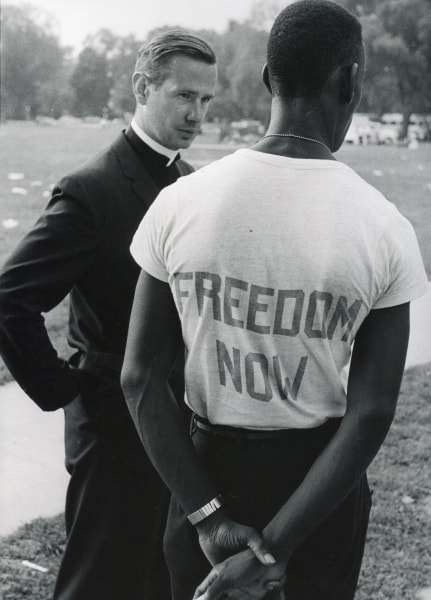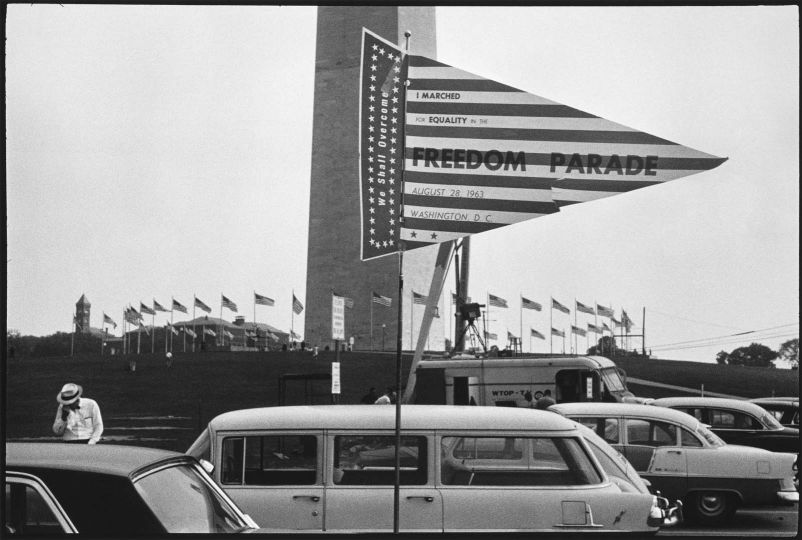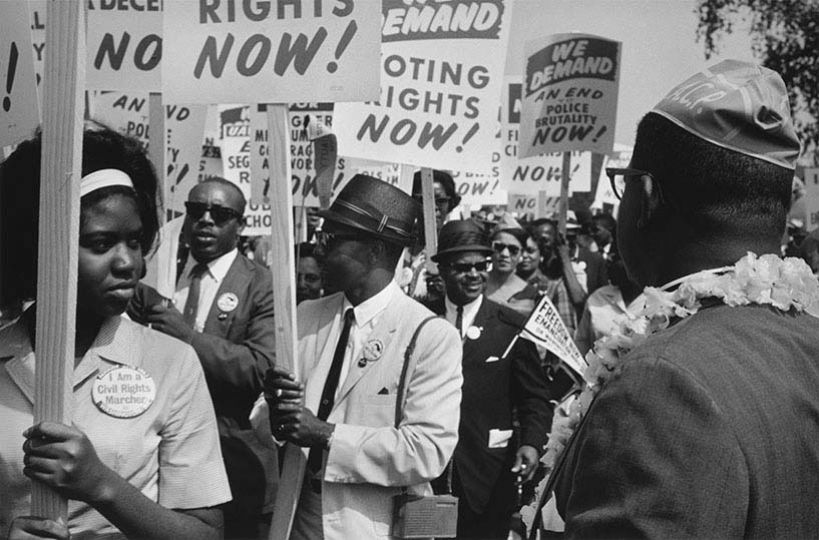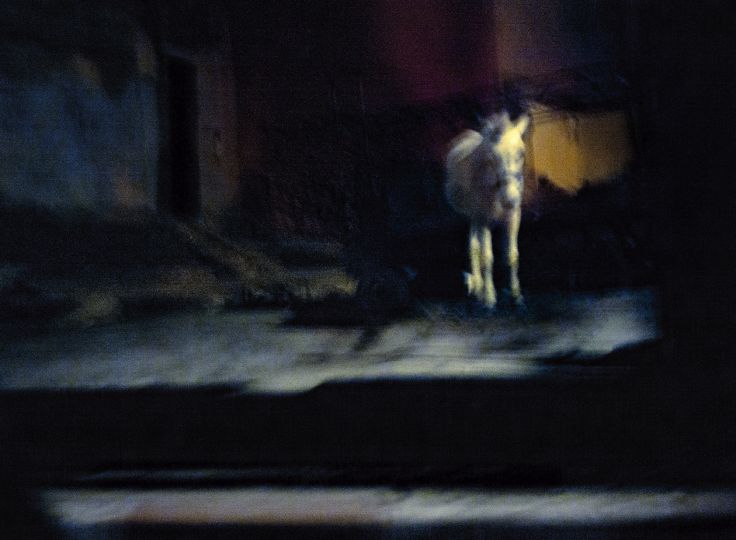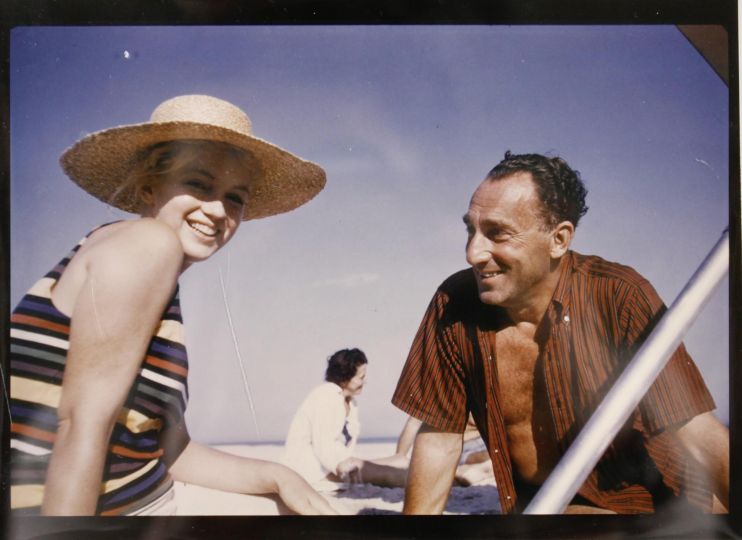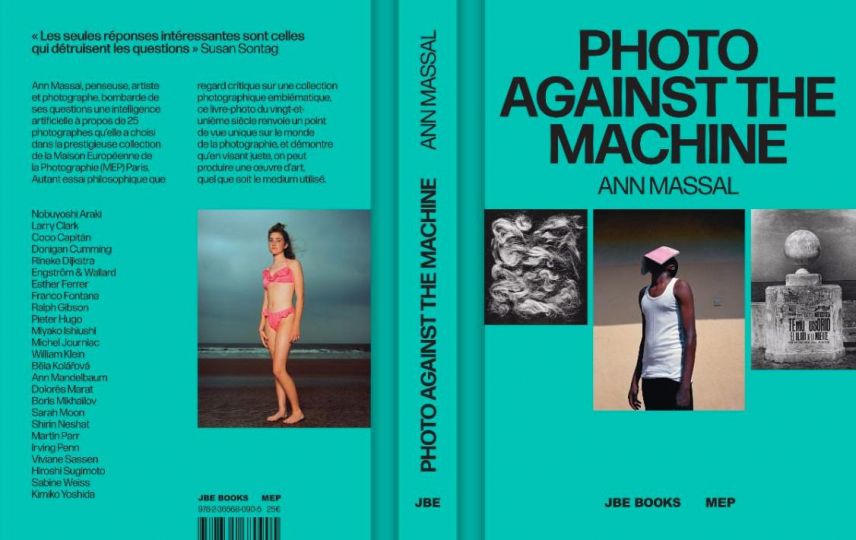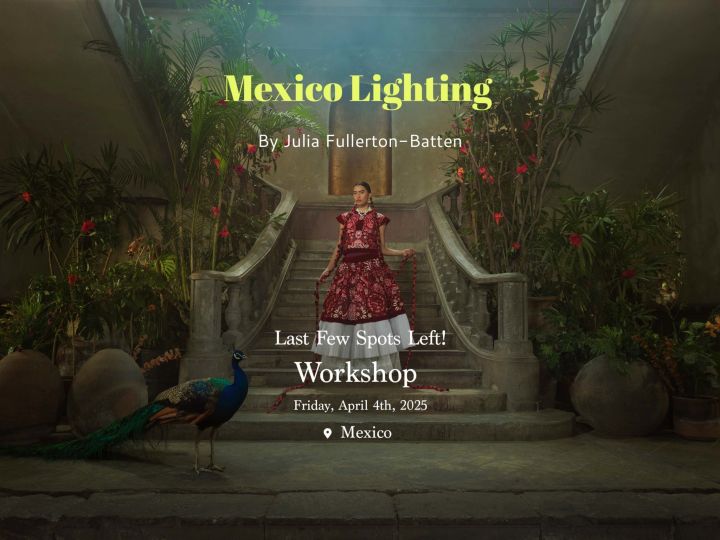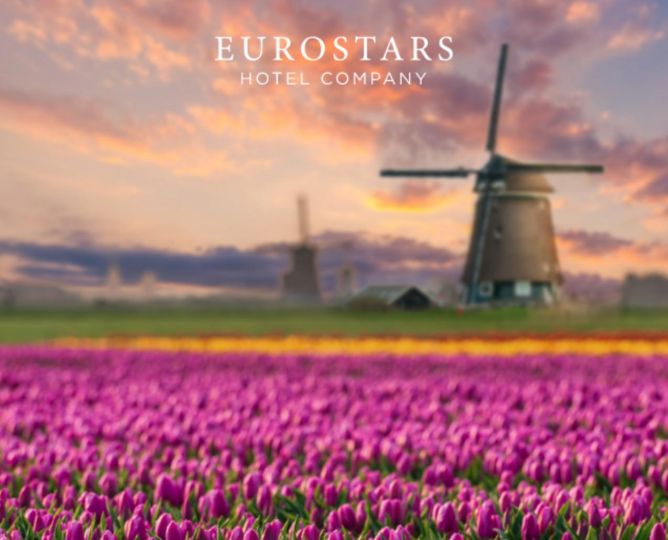Steven Kasher Gallery is proud to present the exhibition Leonard Freed: Six Stories. Freed (born 1929, Brooklyn, died 2006, Garrison, New York) was one of the leading photographers of the post-War era. Culled from Freed’s extensive archive, this exhibition presents over 75 vintage black and white prints from six of the photographers most important bodies of work. Freed has been the subject of numerous recent museum exhibitions surveying the six decades of his work, but this is the first exhibition that elucidates in depth Freed’s six earliest and most personal stories. Two examine his Jewish roots, in Brooklyn and in Israel. Two portray blacks in white America, people with whom he identified strongly. Two portray the defeated enemies of the recent World War, as Freed seeks to come to terms with them. The six stories are: the Hasidics of Brooklyn, 1954; Harlem, 1963; Black in White America, 1963-65; Israel, 1962 and 1967; Italy 1956-58; Germany, 1961-66. To each of these stories Freed brought a singular humanist vision, a deep concern for individuals that is both politically sophisticated and morally engaged.
As a young man searching for his mission Freed launched his career in photography in the late 1940s, the era traumatized by a genocidal World War and a planet-threatening Cold War. Freed was at the center of a new photographic ethos developing at the international Magnum photo agency and under the concept of “the concerned photographer.” Freed brought to the collective effort a unique sensibility. His pictures emphasize the particular struggles and triumphs of unique individuals living in traumatized but recovering societies.
“Right from the outset, he was a photographer of ordinary people going about their everyday lives – at home, at work, and in the streets. He has a keen eye for social hierarchies and, in part because of his working class origins; he felt great solidarity with outsiders and the oppressed. From his very earliest photo reportage projects, he explored the relationships between people and their social settings and between individuals. This gave even his earliest photographs an intriguing thematic depth that set them apart.” The Concerned Photographer, 1968, edited by Cornell Capa.
Freed’s early work was published in books that also featured his articulate, hard-hitting texts. Here are some things he said about his early stories: Hasidics in Brooklyn: “Over the years I have tried to understand these people in relationship to myself. I wanted to understand my Jewish roots. Working on the Jews was an explorations
of my world, it told me about myself, who I am. I saw the Hasidics in the subway and recognized them, in the sense that I recognized my fathers or my grandfather. I would have been one of these people. That’s how I began to be interested in them.”
http://www.stevenkasher.com/exhibitions/leonard-freed-six-stories
Information
Steven Kasher Gallery
515 West 26th Street New York, 10001 USA
September 14, 2017 to October 21, 2017

